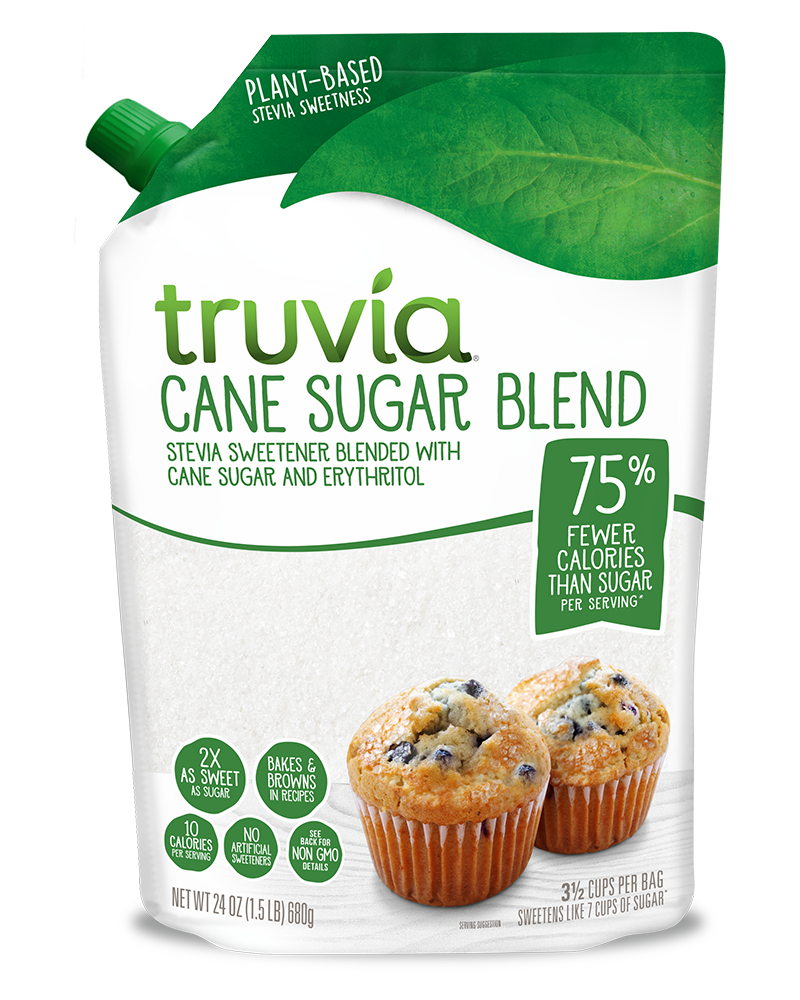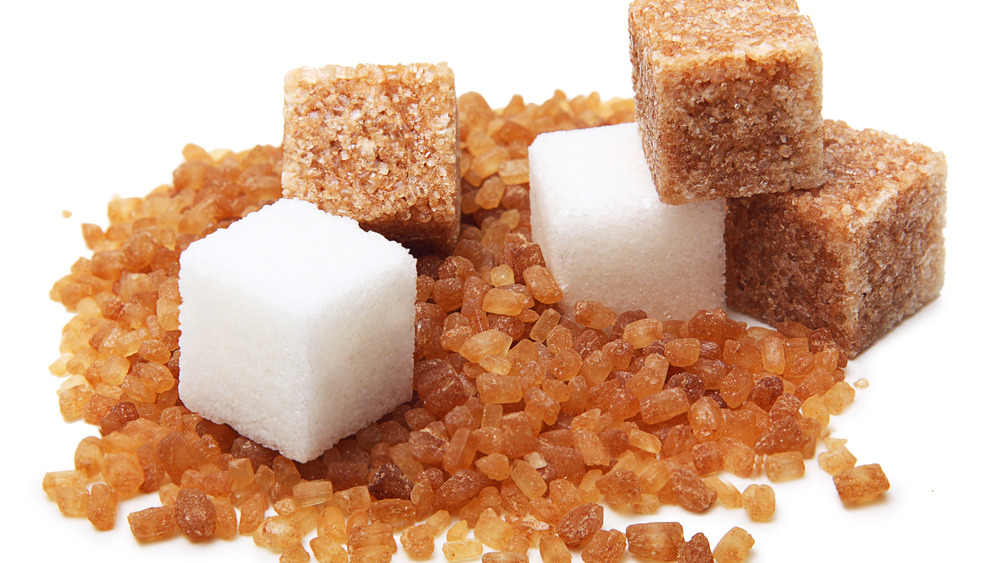Advanced Cane Sugar Processing: Enhancing Performance and Sustainability
Advanced Cane Sugar Processing: Enhancing Performance and Sustainability
Blog Article
Understanding the Essential Techniques and Technologies Utilized in Modern Cane Sugar Processing
The evolution of walking cane sugar processing has actually been significantly shaped by the combination of advanced techniques and technologies that deal with both effectiveness and sustainability. Enzyme-assisted extraction and sophisticated refining techniques have actually transformed yield optimization, while automation assists in functional reliability. Moreover, the focus on lasting practices reflects a growing understanding of ecological influence. As we explore these important innovations, it becomes necessary to examine how they not only improve manufacturing yet additionally align with wider market patterns and customer needs, raising concerns regarding the future of sugar handling and its effects for global markets.
Historic Context of Cane Sugar Processing
The historical context of walking cane sugar processing reveals a rich tapestry of agricultural development and cultural exchange that has formed its development over centuries. Coming From Southeast Asia, sugarcane was cultivated as early as 8000 BCE - Cane Sugar Processing. The procedure of fine-tuning and removing sugar obtained momentum in India, where techniques for crystallization were developed around the sixth century. This understanding went across to the Middle East, and by the 12th century, sugar became a valued product in Europe, resulting in the facility of sugar ranches in the Mediterranean.

Advanced Extraction Strategies
Performance in walking stick sugar extraction has actually seen significant advancements, driven by the demand for greater returns and lower production costs. Typical approaches have actually progressed, offering means to cutting-edge modern technologies that boost the efficiency of the removal process. One noteworthy advancement is making use of enzyme-assisted extraction, wherein specific enzymes damage down cell walls and launch even more sucrose from the cane fibers. This technique not only boosts sugar return but likewise reduces the energy needed for processing.
Furthermore, the adoption of membrane filtering innovations, such as nanofiltration and turn around osmosis, has actually changed the splitting up of sugar from contaminations. These methods permit the selective permeation of sugar molecules while maintaining bigger pollutants, enhancing the removal procedure and decreasing waste.
Moreover, the integration of continuous extraction systems has caused boosted functional performance. Cane Sugar Processing. These systems maintain a constant flow of walking stick product, guaranteeing optimal removal problems and reducing downtime related to set handling
Innovative Refining Technologies
Refining techniques in cane sugar processing have actually undertaken a transformative shift, driven by the need for higher pureness and enhanced product top quality. One of the most remarkable developments is the fostering of membrane purification innovations, such as ultrafiltration and nanofiltration. These procedures successfully remove contaminations and colorants without the need for considerable chemical treatments, thereby protecting the sugar's all-natural flavor and boosting its appeal.
Another substantial improvement is using ion exchange resins, which permit for careful removal of undesirable ions from sugar services. This technology not just enhances the overall pureness of the end product yet also adds to reduced waste and environmental influence.
Additionally, advancements in adsorption strategies, utilizing turned on carbon and other sophisticated materials, have actually confirmed effective in decolorizing sugar services while preserving optimum top quality. The integration of these ingenious refining innovations makes certain that manufacturers can produce refined sugar with exceptional clearness and preference, fulfilling the advancing choices of customers.
Automation and Control Systems
Recent developments in refining innovations have actually led the means for significant enhancements in automation and control systems within cane sugar processing centers. These systems use advanced software program and equipment to boost functional performance, reduce human error, and guarantee regular item top quality.
Modern automation incorporates various parts, consisting of sensing units, actuators, and programmable reasoning controllers (PLCs), making it possible for real-time surveillance and control of critical procedures. As an example, circulation, stress, and temperature prices can be specifically controlled during extraction, explanation, and formation stages, optimizing performance and decreasing waste.
Additionally, advanced data analytics and artificial intelligence formulas play a critical duty in anticipating maintenance, allowing drivers to expect equipment failings prior to they occur. This proactive strategy not just decreases downtime however also extends the life-span of equipment.
In addition, automation facilitates the application of Market 4.0 concepts, click resources encouraging sugar mills to achieve higher connectivity and data exchange throughout processes. Because of this, decision-making comes to be more enlightened and nimble, ultimately boosting the general competition of cane sugar manufacturing. With these developments, the sector is well-positioned to fulfill growing worldwide needs while maintaining operational quality.
Sustainability Practices in Sugar Production
Sustainability methods in sugar manufacturing have actually become progressively important as the market looks for to stabilize economic practicality with ecological duty. As consumer understanding expands pertaining to the environmental effects of farming techniques, sugar manufacturers are adopting ingenious approaches to reduce their environmental footprint.
One considerable strategy is the execution of accuracy farming strategies, which make use of information analytics to maximize source use, such as water and fertilizers. This minimizes waste and decreases the effect on local ecological communities. Furthermore, many producers are transitioning to renewable resource sources, such as biomass from sugarcane byproducts, to power their operations, thus reducing reliance on fossil fuels.
Water administration techniques are additionally important; rainwater harvesting and effective watering systems aid reduce water deficiency issues. Cane Sugar Processing. Furthermore, integrated pest management techniques decrease chemical usage, promoting biodiversity and soil health
Corporate social responsibility initiatives are emerging, with companies purchasing local communities and making sure reasonable labor techniques. By embracing these sustainability practices, the sugar industry not only improves its track record however additionally adds to a more sustainable agricultural landscape, paving the means for future generations.

Final Thought
In recap, contemporary walking stick sugar processing incorporates a range of advanced techniques and technologies that significantly boost return, performance, and sustainability. Jointly, these advancements place the walking stick sugar industry to fulfill contemporary demands while resolving crucial international difficulties.
The advancement of walking stick sugar handling has been significantly formed by the integration of innovative methods and modern technologies that deal with both important link performance and sustainability.The historical context of check my source walking cane sugar processing discloses a rich tapestry of agricultural development and social exchange that has formed its development over centuries. Advancements in milling and refining arised, laying the groundwork for contemporary walking cane sugar processing.Refining methods in walking cane sugar processing have actually undergone a transformative shift, driven by the need for greater purity and enhanced item high quality.In recap, modern walking cane sugar processing integrates an array of sophisticated strategies and innovations that significantly boost performance, sustainability, and return.
Report this page